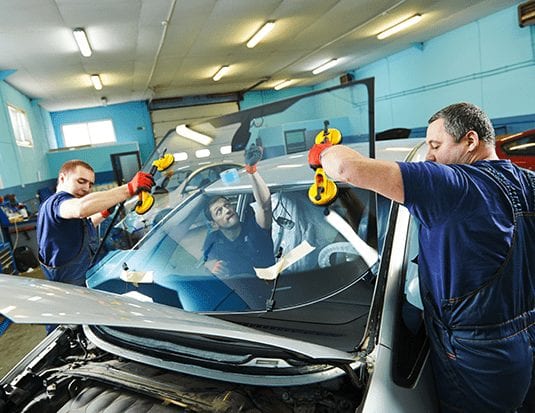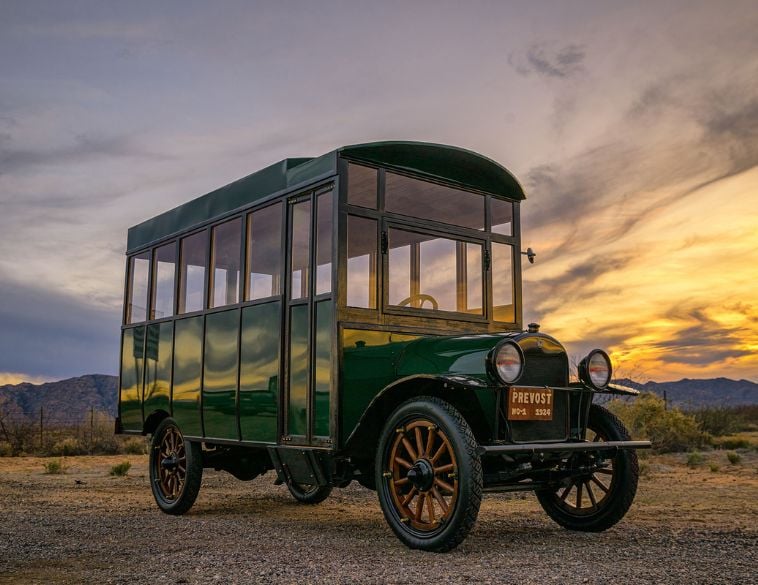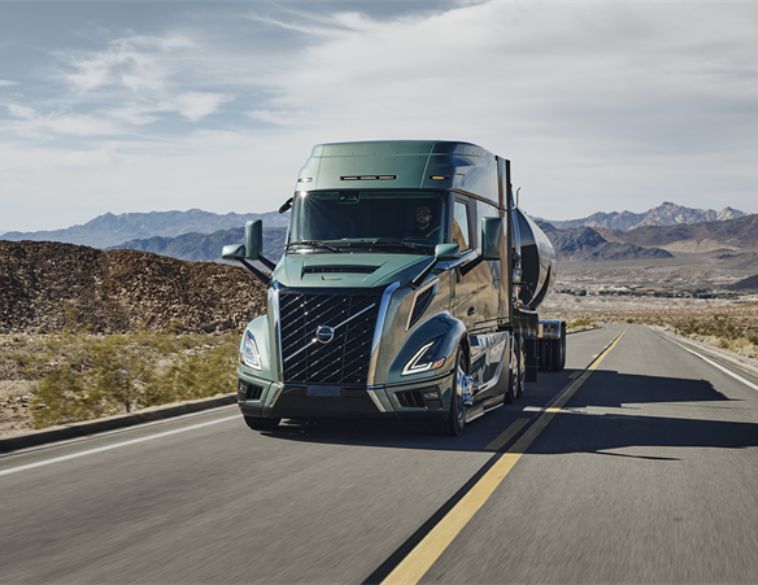When it comes to choosing replacement parts, each fleet manager must decide which options best fit their needs.
It’s a veritable smorgasbord out there when fleet managers need to decide between aftermarket and OE parts. How can you know which is the best choice?
According to Tom Hunt, Vice President of Product Development at NAPA, it’s all about a one-stop shop. “We can provide all the components that a fleet manager needs to manage their vehicles,” he says. “We can keep them serviced, and cover all the key items that a typical fleet would need, using aftermarket products.”
“We service all makes and models, and don’t just focus on one model, even on the heavy equipment side,” says Hunt. “We have products that cross between makes and models, and that’s where the one-stop shop opportunity is beneficial.”
Hunt notes that many of his aftermarket suppliers are also involved in the OE side of the business. “Some of them have OE experience, and they’re transferring that over to the aftermarket, which produces equally as good a product as what’s available on the OE side,” he says.
Stringent standards
Suppliers of aftermarket parts have to meet stringent standards. “We promote ourselves as equivalent to OE or better,” says Hunt. “Our suppliers have to guarantee the product will perform equally as any OE part would, giving similar service life, similar function and characteristics, and maintain the vehicle warranty.”
In fact, Hunt says that sometimes an aftermarket part can be better than an OE’s product. “The OE does not produce perfect parts,” he says. “After a period of time, they may start to recognize where a part was under-designed because it’s not providing the service that it should. And an aftermarket company will take that opportunity to look at where a high warranty failure occurs on the OE product, and enhance it to offset the weakness.”
Structural integrity
Mark Stafford, Manager of Fleet and Indirect Sales for General Motors (GM), advisesfleet managers to keep in mind that today’s vehicles use more advanced high strength steels, exotic metals and composite materials than ever before. “The engineering behind the parts is as important as the cost,” he says.
For critical components, it’s wise to choose parts that were designed to original specifications, which will provide a precise fit, deliver original structural integrity and high-level performance. “With the increased number of safety systems installed on today’s vehicles, it’s important to use OE parts to ensure they are all working together as designed to maintain the greatest level of safety,” says Stafford. “Warranty services can also deliver added value, as some independent aftermarket parts are not covered under the manufacturer’s warranty.”
However, if a fleet manager decides on aftermarket, Stafford advises considering brands backed by strong engineering such as Genuine GM Parts or ACDelco. “These brands utilize the expertise of GM engineers in designing parts and are already built to GM OEM specifications,” says Stafford.
GM offers programs for fleet customers such as GM FleetTrac and ACDelco Key Fleet program. “FleetTrac provides simplified billing and quicker access to quality vehicle maintenance for fleet managers,” notes Stafford. “With ACDelco Key Fleet, customers who purchase ACDelco products and meet certain requirements can take advantage of additional technical training, marketing resources and assurance benefits to increase efficiency, reduce downtime and operating expenses.”
“Everyone understands the advantages, and often it comes down to price. But what are the potential savings – what are you really getting?” – Jim Kiritsis, Senior Manager, National Service & Parts, FCA Canada
Locating points
Fleet managers may be tempted to decide on aftermarket products from a cost perspective, says Jim Kiritsis, Senior Manager for National Service and Parts at FCA Canada. “But often, the savings aren’t as significant as you’d think. Also, the amount of testing our parts undergo is quite intensive, even if it’s accessories like a side-step.”
Glass has to be tested to ensure its optical quality. “We have collision avoidance sensors that might be positioned in the back of the rear view mirror, and if the glass is not true, it can affect the collision avoidance system.”
He also notes that fit is another key factor in favour of OE parts. “We know exactly where the locating points are on a vehicle. They’re engineered accordingly with no modification required, no welding or tweaking to get the part to fit,” Kiritsis says.
And although putting an aftermarket part on a vehicle might not necessarily void the warranty, it could be a factor. “We’ve seen scenarios where the customer has put an aftermarket filter on, and the engine has failed,” Kiritsis says. “So the engine would not be covered by the warranty because the filter was substandard.”
He notes that FCA Canada offers a lifetime warranty on replacement collision parts. “If we replace a component, our coverage would typically be the balance of the manufacturer’s warranty or two years unlimited mileage, whichever is greater,” Kiritsis says. “A lot of the competition does one year, and some will only do six months.”
Predictive model
FCA Canada also has an Automatic Replenishment Order (ARO) system, to ensure a part is available in no longer than two days. “We have a predictive model based on how many vehicles we sell, and tell the dealers what they should stock,” Kiritsis explains. “Dealers just need to push a button and we’ll replenish the order to maintain that stock.” All parts come with instructions. “The installation process for every component is clearly laid out step by step, together with the estimated time to complete the installation,” says Kiritsis.
Every dealership needs to have a minimum amount of training. “We put on approximately 800 live training days a year, in addition to virtual classroom sessions where techs can watch right from the dealership, as well as web-based training,” explains Kiritsis.
“All the categories are broken down by automatic transmission, engine, diagnosis, HVAC, etc. And then there are levels within that. We track all of that. Each dealership can go online and look where they are at any point in time.”
While the OE may be late coming to market, it’s for a reason. Kiritsis explains, ”All our parts need to be tested after a vehicle is released. Everyone understands the advantages, and often it comes down to price. But what are the potential savings—what are you really getting?”



